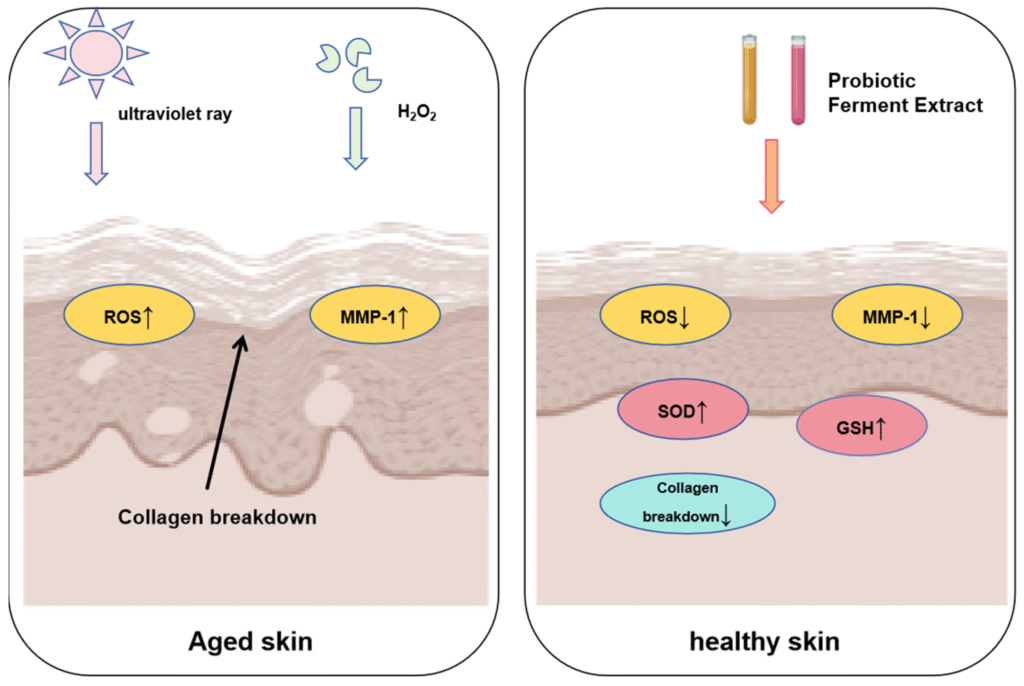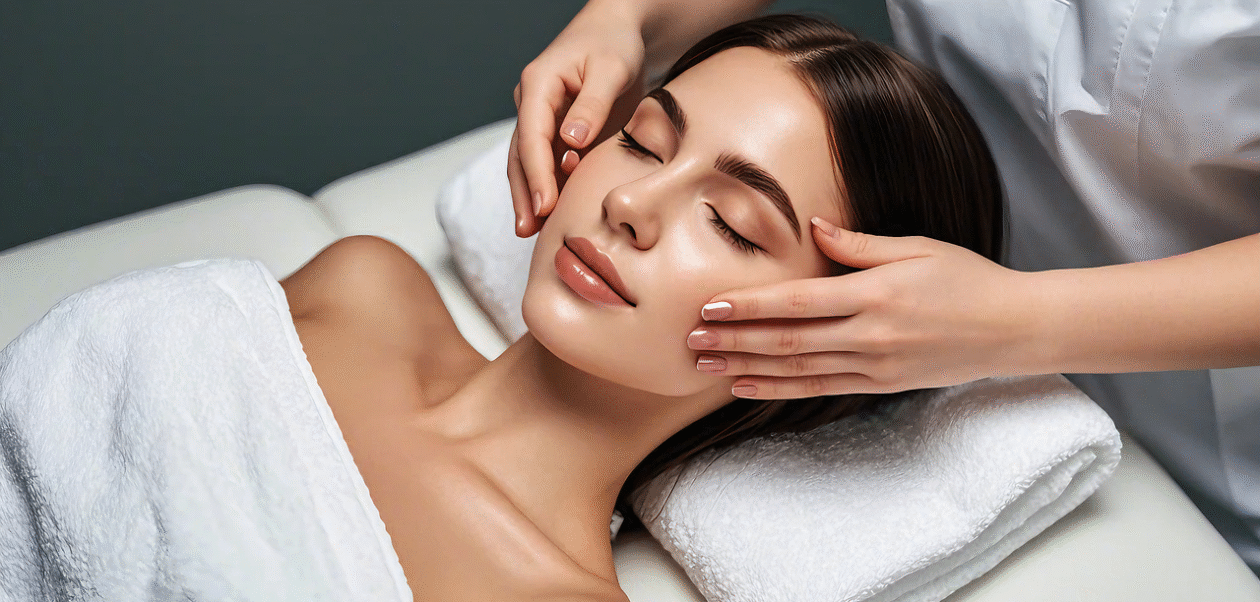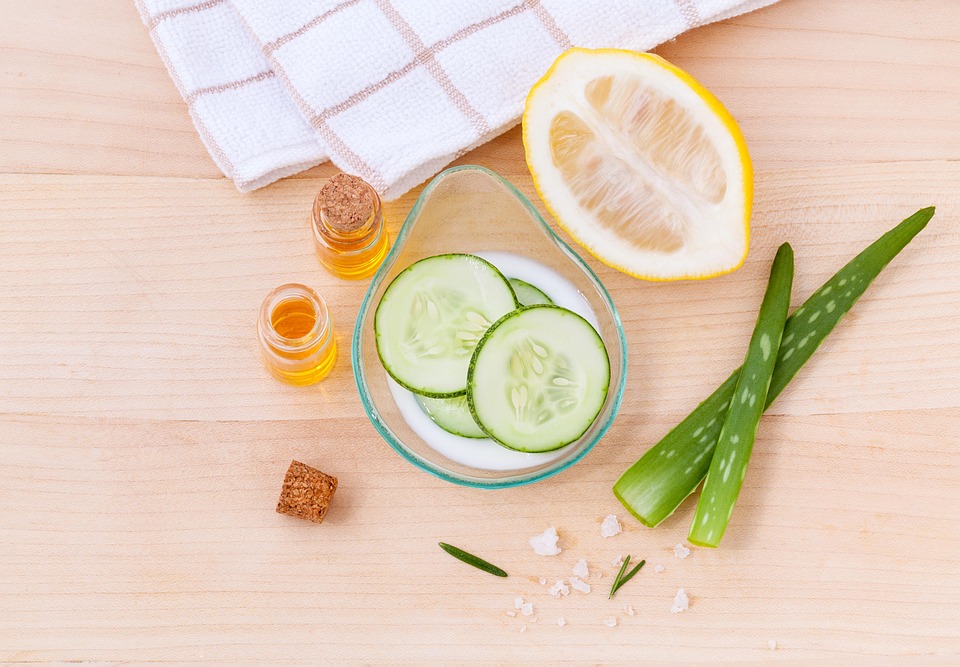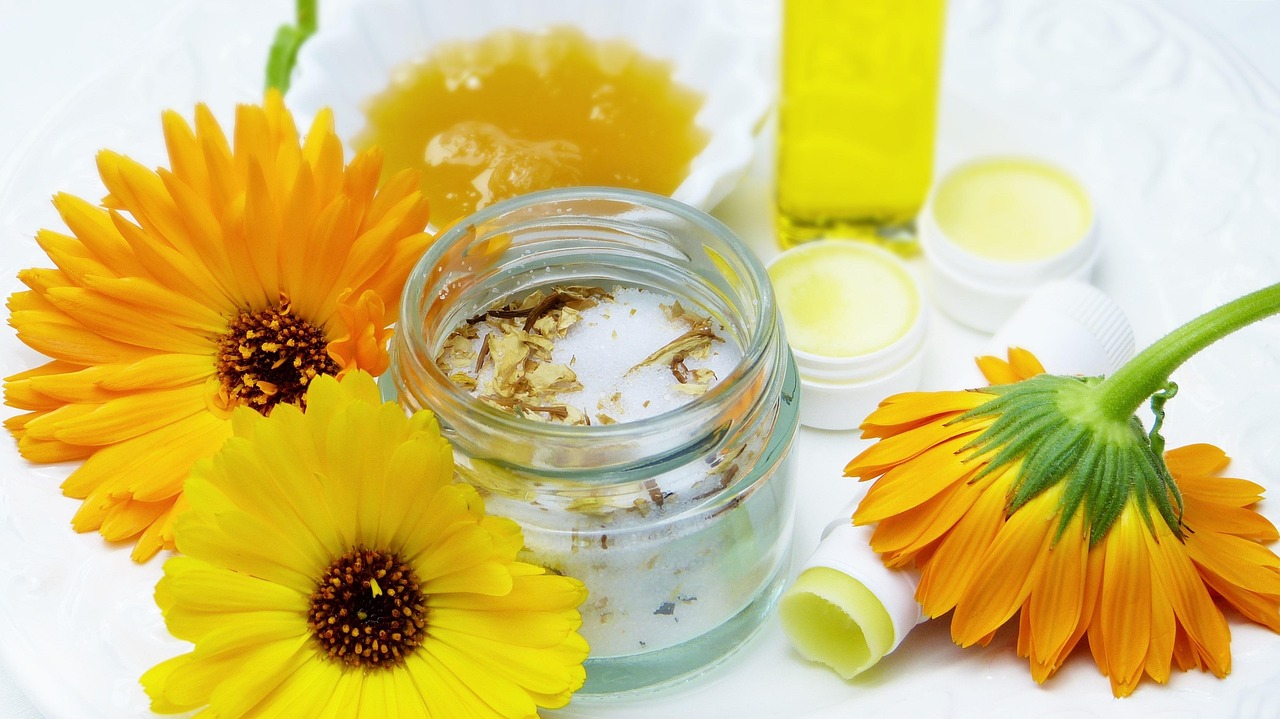Probiotic Skincare Products 2025 one of the biggest beauty conversations. Once niche, microbiome-friendly creams, serums, and cleansers are now mainstream promising to calm inflammation, strengthen the skin barrier, and help skin stay balanced. This guide explains what probiotic skincare is, why it’s trending in 2025, how to choose the right product, common pitfalls, and three brand references to check out.
What Are Probiotic Skincare Products?
The Full Explanation of Probiotics for Skin
“Probiotic skincare” refers to topical formulas that include live probiotic strains, probiotic extracts, or ingredients that support beneficial microbes (prebiotics and postbiotics). The goal is not to sterilize skin, it’s to support a thriving, balanced microbial ecosystem that protects against irritation, transepidermal water loss, and some forms of acne and redness.
How Probiotics Differ from Prebiotics and Postbiotics
- Probiotics: live microorganisms (or very stabilized extracts) added to formulas.
- Prebiotics: nutrients that feed beneficial microbes (e.g., oligosaccharides).
- Postbiotics: metabolites or microbial fragments (like peptides) produced by bacteria that can have direct skin benefits. All three appear across 2025 product lines; many brands combine them for stability and efficacy.
Why Probiotic Skincare Products 2025 Trend
Market Momentum and Mainstream Adoption
Industry reports and trend roundups place microbiome skincare among the top trends for 2025 as consumers choose science-backed, gentler, and “skinimalist” solutions. Analysts point to steady market growth and increased demand for microbiome-supporting products as drivers. Expect more serums, lightweight moisturizers, and multi-tasking products to carry probiotic claims this year.
Science-Backed Reasons People Are Buying
Research and brand clinical testing suggest probiotic ingredients can reduce visible redness and calm irritation, support barrier repair and hydration, and potentially reduce the frequency of breakouts by rebalancing surface microbes. Important caveat: the strength of evidence varies by strain and formulation, more human clinical trials are emerging but are not uniform across all ingredients.
Who Benefits Most from Probiotic Skincare Products?

Best Candidates for Probiotic Products
- Sensitive or reactive skin that flares with harsh actives.
- People with dry, barrier-compromised skin needing hydration and resilience.
- Those chasing a “balanced” skin look rather than aggressive exfoliation.
When to Be Cautious
- If you have severe immune compromise or open skin wounds, consult a dermatologist before topical probiotics.
- If you have a known allergy to a formula ingredient, carry out patch tests.
Types of Probiotic Skincare Products You’ll See in 2025
Cleansers and Balancers
Gentle cleansers with probiotic extracts aim to cleanse without stripping, often paired with prebiotics to maintain a friendly surface environment.
Serums and Concentrates
These deliver higher concentrations of postbiotics or stabilized probiotic extracts intended for targeted barrier repair, calming, or antiaging benefits.
Moisturizers and Masks
Hydrating creams often mix probiotic extracts with ceramides and humectants to lock moisture in while supporting the microbiome.
How to Read Labels for Probiotic Skincare Products (Practical Buying Guide)
Ingredients and Claims to Trust
Look for specific ingredient names (e.g., “Lactobacillus ferment lysate,” “Bifida ferment lysate”) rather than vague “probiotic complex.” Specifics are better than marketing. Check for prebiotic + postbiotic combinations; they often provide stability and measurable benefits.
Packaging and Stability
Live probiotics are fragile; stable extracts, lysates, or postbiotics are more common in mainstream retail because they survive shelf life. Prefer opaque, air-tight packaging to protect sensitive actives.
Clinical Data and Transparency
Brands that publish clinical results, strain information, or the concentration used in tests are preferable. If a brand claims “clinically proven,” seek the study summary or methods.
Table Quick Comparison: Three Probiotic Skincare Brands to Know
| Brand | What They Highlight | Typical Product Types | Best For | Source |
|---|---|---|---|---|
| TULA | Probiotic extracts + superfood actives; balance-focused ranges | Cleansers, moisturizers, masks, eye care | Everyday glow, hydration, sensitive skin | Brand info |
| Gallinée | Microbiome-first formulas (prebiotics, probiotics, postbiotics) | Serums, cleansers, recovery creams | Microbiome support, reactive or barrier-weakened skin | Brand info |
| Aurelia London | Probiotic concentrates + botanicals for anti-aging & repair | Serums, boosters, moisturizers | Anti-aging + repair, inflammation-prone mature skin | Brand info |
Benefits You Can Expect from Probiotic Skincare Products

Calmer, Less Reactive Skin
Many users report less redness and fewer reactive flare-ups after switching to microbiome-supporting formulas that avoid harsh detergents and over-exfoliation. Clinical and brand reports back calming effects for certain probiotic extracts.
Improved Barrier and Hydration
By supporting the skin’s natural ecosystem, probiotic products can help the barrier retain moisture more effectively, a huge win for dehydrated or dry skin types.
Complementary to Skinimalist Routines
2025’s “skinimalism” trend prefers fewer, better products. Probiotic serums and moisturizers that do double duty (calm + hydrate + protect) fit neatly into simpler regimens.
Limitations and Risks of Probiotic Skincare Products
Not a Miracle: Strain and Formulation Matter
A probiotic extract in one bottle isn’t the same as another. Benefits depend on the specific strain/concentration and the formula’s ability to deliver active components to the skin. Clinical claims should be read carefully.
Stability and Labeling Issues
Because “probiotic” is a popular marketing term, some products use the word loosely. Live strains are rare in mass-market products; extracts and postbiotics are more common and often more stable. Always check the ingredient list.
Possible Short-Term Purging or Sensitivity
When introducing any new active that changes the skin environment, some users might experience temporary breakouts or adjustment-phase sensitivity, usually transient but worth noting.
A Simple 4-Step Routine Using Probiotic Skincare Products
- Cleanse: choose a gentle probiotic/prebiotic cleanser.
- Treat: apply a probiotic serum or postbiotic concentrate to calm inflammation.
- Moisturize: use a barrier-supporting moisturizer that lists probiotic extracts plus ceramides or humectants.
- Protect: daytime SPF remains essential; probiotics are not a UV shield.
DIY and At-Home Tips
Patch test any new probiotic product for 24–48 hours on the inner forearm. Avoid mixing strong exfoliants (high % AHAs/BHAs) with sensitive probiotic serums until you know how your skin responds. Nutrition matters: gut health and topical microbiome strategies can complement each other, whole food, fiber, and fermented foods may help overall skin resilience (talk to a healthcare provider for personalized advice).
How to Evaluate a Product Page; Quick Checklist
- Are specific probiotic strains or extracts named? ✔️
- Is there a short clinical summary or study referenced? ✔️
- Packaging: opaque/airless? ✔️
- Suitable for my skin type and concerns? ✔️
- Ingredients list free from known irritants for you? ✔️
Final Verdict: Are Probiotic Skincare Products Worth It in 2025?
Yes; with caveats. Probiotic skincare products are a valuable option in 2025 for people who want gentler, microbiome-informed care and for those prioritizing barrier repair and reduced inflammation. They’re not a one-size-fits-all cure; efficacy depends on ingredient specifics, product formulation, and consistency of use. Overall market and trend signals show continued growth and more refined products arriving this year, so it’s a good time to explore microbiome-friendly options while staying skeptical of vague marketing claims.




